Neurodermatitis: Causes, symptoms and treatment
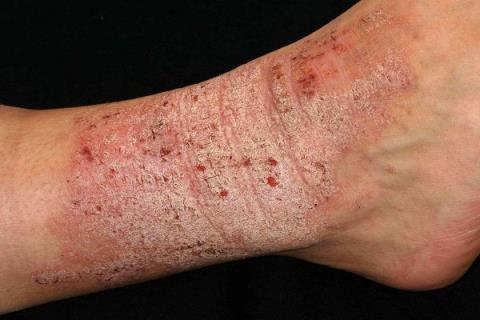
Neurodermatitis is one of the most persistent skin diseases. It is not only difficult to treat thoroughly, but also affects the patient's life more or less. So what causes this disease? What are the symptoms? how to treat? All will be answered by SignsSymptomsList through the following article.
content
- 1. An overview of neurodermatitis – chronic lichen simplex
- 2. Symptoms of the disease
- 3. Causes of chronic lichen simplex
- 4. Risk factors for chronic lichen simplex
- 5. Complications of chronic lichen simplex
- 6. How is neurodermatitis diagnosed?
- 7. How is chronic lichen simplex treated?
- 8. Lifestyle and home remedies
- 9. How is the quality of life of patients with neurodermatitis?
- 10. See a specialist
1. An overview of neurodermatitis – chronic lichen simplex
Neurodermatitis is a skin disease that begins with an itchy patch of skin. The more you scratch, the more it itch. This itch-scratch cycle causes the affected skin to become thicker and more raised. You may experience some itchy bumps, typically on your neck, wrists, forearms, legs, or anal area.
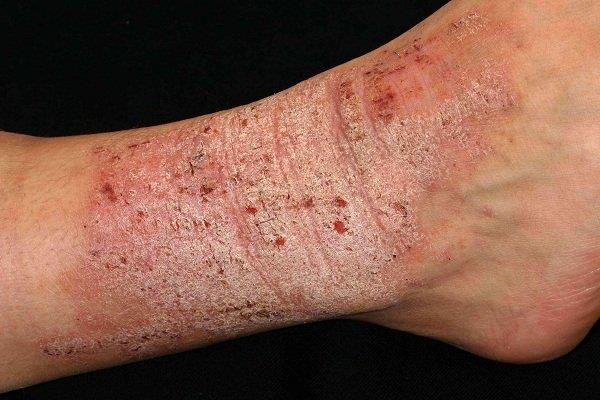
Neurodermatitis
Neurodermatitis is also known as chronic lichen simplex. It is not life-threatening and is not contagious. However, the itching can be intense or recurrent. The intensity is so intense that it can disrupt sleep, sexual function, and quality of life.
>> See more: Things to know about Lichen nitidus disease
Treating the itch-scratch cycle of chronic lichen simplex is challenging, and the disease is often a lifelong condition. The success of treatment depends on the person's unwillingness to rub or scratch the affected areas. Over-the-counter or prescription medications can help relieve itching. The person will also need to identify and eliminate factors that may aggravate the condition.
2. Symptoms of the disease
Signs and symptoms of neurodermatitis include:
- One or more patches of skin that are itchy.
- Thickened or scaly skin on the affected areas
- Floor patches or raised rough patches that are red or darker than the rest of the skin.
- The itchy patches range in size from 3 cm x 6 cm to 6 cm x 10 cm.
- Older patches may be white or pale in the center, surrounded by darker colors. Over time, scarring can occur.
This condition involves areas that are accessible for scratching. Such as the head, neck, wrists, forearms, ankles, vulva, scrotum, or anus. The itching can be very intense, intermittent or continuous. You can scratch out of habit and during sleep.
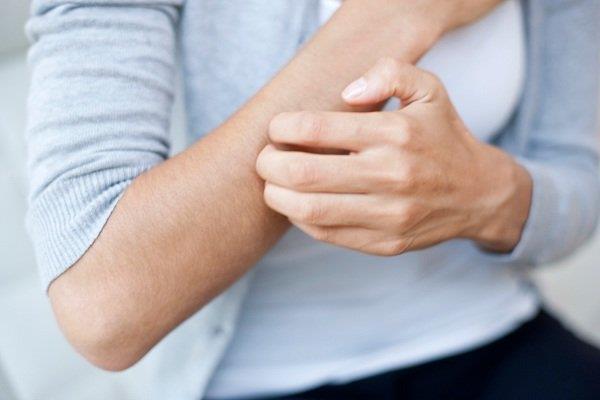
Pruritus is a typical symptom of chronic lichen simplex
3. Causes of chronic lichen simplex
The cause of chronic lichen simplex is currently unknown. The constant rubbing and scratching is very characteristic of this condition. It can start with something that simply irritates the skin. For example, tight clothing or insect bites. When an infected person rubs or scratches it, it becomes more itchy.
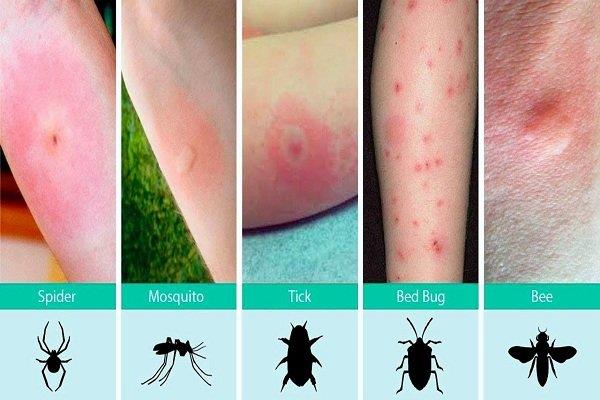
Insect bite
In most cases, the more you scratch, the more it itch. In some cases, chronic lichen simplex is associated with chronic skin conditions. Such as dry skin, eczema or psoriasis. Stress and anxiety can also cause itching.
4. Risk factors for chronic lichen simplex
Several factors can affect your risk of developing neurodermatitis , including:
- Your gender and age. Women are more likely to have chronic lichen simplex than men by a ratio of 2:1. The condition is most common between the ages of 30 and 50.
- Other skin diseases. People with a personal or family history of dermatitis, eczema, psoriasis, or similar skin conditions are more at risk for chronic lichen simplex.
- Anxiety disorders. Anxiety and stress can cause chronic lichen simplex disease.
It is estimated that chronic lichen simplex disease occurs in about 12% of the population. Several recent studies have suggested that people have certain personality traits. These include poor social skills, lack of flexibility, tendency to fear pain, dependence on others, etc. are more likely to have chronic lichen simplex. However, other studies have found no link between personality and disease status.
5. Complications of chronic lichen simplex
Constant scratching can lead to wounds, bacterial skin infections, or permanent scarring and discoloration of the skin. Chronic lichen simplex pruritus can affect sleep, sexual function, and quality of life.
Superinfection of the skin due to scratching
6. How is neurodermatitis diagnosed?
Your doctor can diagnose neurodermatitis by examining the affected area of skin. Also determine if you have itching and scratching. To rule out other causes, your doctor may take a small sample of the affected skin (skin biopsy) for testing.
>> See more: What is atopic dermatitis? What is an effective treatment?
7. How is chronic lichen simplex treated?
Treatment is aimed at controlling itching, preventing scratching, and addressing the underlying cause.
7.1. Anti-inflammatory drug group
Anti-itch creams will be the first priority. If over-the-counter corticosteroid creams don't work, your doctor may prescribe stronger corticosteroids. Or a non-steroidal anti-itch product. A calcineurin inhibitor ointment (tacrolimus) may be effective if the disease is involved in the vulva.
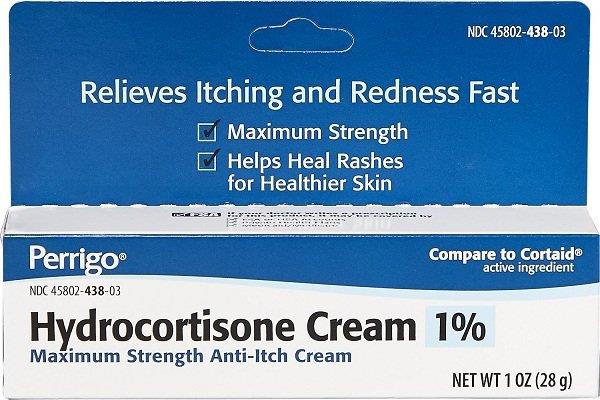
Topical creams containing anti-inflammatory agents
The second is an injectable corticosteroid. The specialist may inject corticosteroids directly into the affected skin. The goal is to limit skin inflammation and limit itching.
7.2. Antihistamines group
Anti-itch drugs will also be prescribed in combination. Prescription antihistamines help relieve itching in many people with chronic lichen simplex. Some drugs in this class can cause drowsiness and help reduce scratching during sleep.
>> See more: Things to know about Lichen flat disease
7.3. Anti-anxiety medication
Anti-anxiety medications may be prescribed. Because anxiety and stress can cause neurodermatitis . So anti-anxiety medications can help prevent itching. For stubborn itching, your doctor may recommend a topical 5% lidocaine or 8% capsaicin patch.
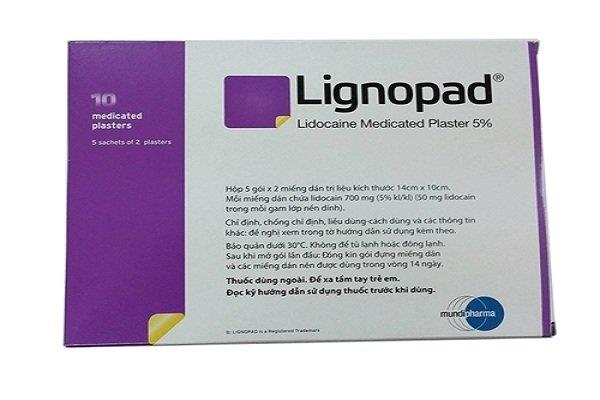
5% lidocaine patch
7.4. Light therapy
Sometimes, exposing the affected skin to different types of light is also quite effective. This therapy can limit skin inflammation. Thereby, helping patients reduce itching and limit scratching.
7.5. Psychotherapy
In addition, psychotherapy may be indicated in some cases. Talking to a counselor can help you understand your feelings and behaviour. This can help reduce itching and scratching.
7.6. New methods
If your itching continues despite treatment, your doctor may recommend a non-traditional treatment. For example, in small studies, some people had no improvement in their symptoms with corticosteroids. These cases have been reported with success with the following treatments:
- OnabotulinumtoxinA (Botox) injection. This technique can relieve itching and clear up patches of rough skin.
- An oral medication to reduce the compulsion to scratch and scratch. An oral medication called N-acetylcysteine was shown in one small study. The goal is to help some people with scratching and scratching disorders. That can help people with neurodermatitis .
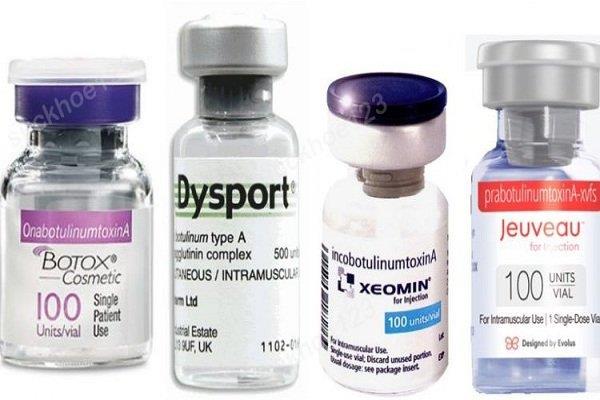
Onabotulinumtoxin A injection
8. Lifestyle and home remedies
These self-care measures can help you manage chronic lichen simplex:
- Minimize rubbing and scratching. The itch can be intense, but avoiding rubbing and scratching is key to managing the condition and preventing recurrence.
- Apply cool, wet gauze. These substances can soothe the skin and reduce itching.
- Try over-the-counter medications. Apply an anti-itch cream or lotion to the itchy area. Hydrocortisone cream may temporarily relieve itching. Oral antihistamines, such as diphenhydramine, can relieve severe itching and help you sleep.
- Cover the affected area. A bandage or gauze can help protect the skin and prevent scratching. These can be especially helpful if you scratch while you sleep.
- Cut nails short. Short nails can be less damaging to your skin, especially if you tend to scratch while you sleep.
- Take a short warm bath and moisturize the skin.
- Avoid triggers. Pay attention to what's likely to happen again and avoid it. For example, avoid wearing clothes that irritate the skin, limit psychological stress.
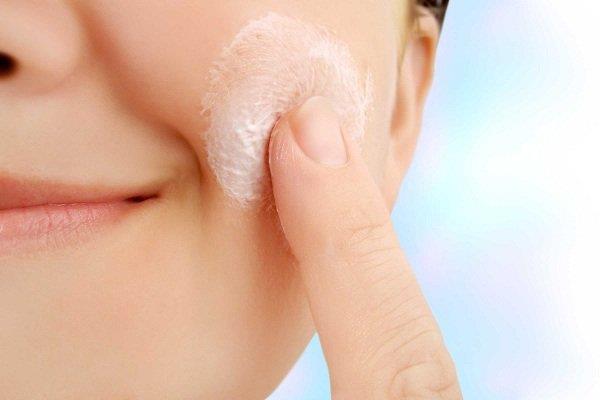
Moisturizing the skin helps limit the disease
9. How is the quality of life of patients with neurodermatitis?
According to studies in the world, the quality of life of most patients with neurodermatitis is moderately affected. Accordingly, the women tend to have more pain. At the same time, the physical and psychological decline is more than that of men.
>> See more: Pellagra disease - what you need to know when you have a deficiency of Vitamin B3
Sexual dysfunction in many dermatological diseases is attracting considerable attention recently, because of its negative impact on quality of life. Most studies around the world have determined that chronic lichen simplex has an effect on sexual performance. Specifically, the itching can disrupt a person's sexual activity. It also reduces their pleasure during sex.
Psychological causes make chronic lichen simplex worse. And it is the itching that makes the patient uncomfortable and affects psychologically. It is like a pathological spiral that reduces the patient's quality of life.
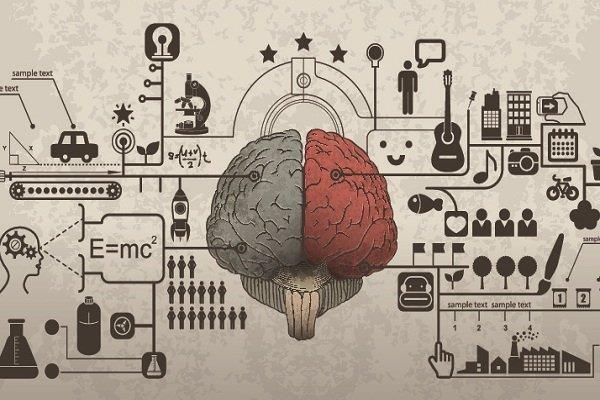
Mentally affected
10. See a specialist
You should see your doctor as soon as possible. Best Dermatologists Here's some information to help you get ready for your appointment with your doctor. Before your appointment, prepare a list of:
- What symptoms are you experiencing and for how long.
- Recent stressors or life changes.
- All medications, vitamins and supplements you take, including dosages.
- You can also provide your doctor with the material of the clothes you normally wear.
- Skin diseases you already have. As well as the history of dermatological diseases of family members.
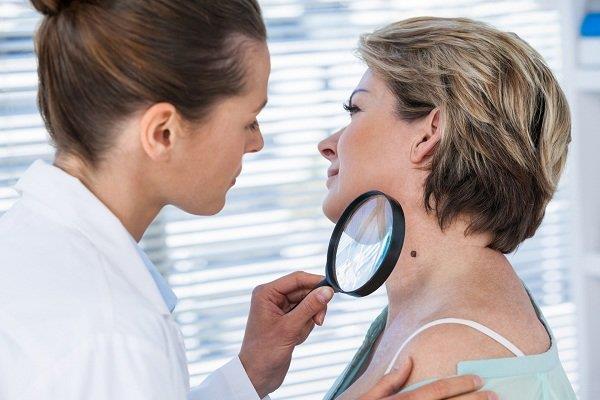
Doctor of Dermatology
>> Refer to more articles on the same topic: Vascular calcification syndrome and skin necrosis (Calciphylaxis)
In general, neurodermatitis is a chronic disease. The exact cause has not been identified yet. Therefore, the complete treatment is still a dilemma. Better yet, the patient should see a dermatologist as soon as possible. The doctor will have appropriate treatment measures, helping to reduce itching and inflammation of the skin. It also helps patients improve their quality of life.
Dr. Nguyen Lam Giang